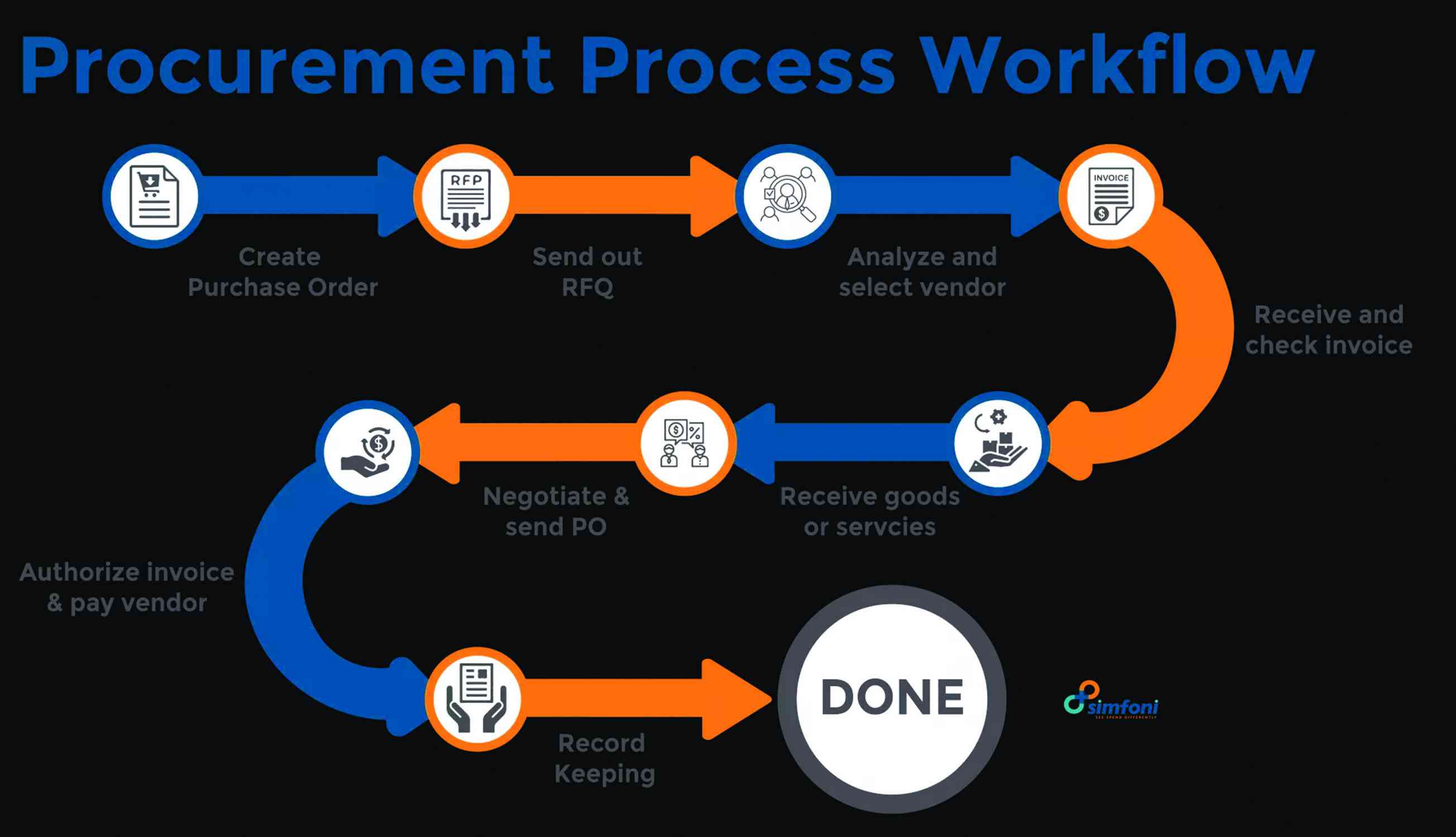
MY experience in strategy and performance consulting shows that there are many problems that organisations encounter, resulting in strategy execution basically failing and performance management remaining on paper with no practical value, even when companies claim to have a functional performance management system.
Many organisations invest significant time and resources in developing their strategy, yet most struggle to implement it effectively.
Studies indicate that only 10% of intended strategies are successfully implemented. The disconnect between the strategy and execution is a common challenge across industries.
A well-crafted strategy is meaningless if it does not translate into actionable objectives at all levels of the organisation. Strategy cascading — the process of breaking down strategic objectives into clear, actionable goals at various levels — ensures that every employee understands how their work contributes to the organisation’s success.
Done right, it transforms abstract strategic intent into measurable outcomes.
Strategy implementation pitfalls
Organisations often fail to execute their strategy because different departments work in silos and do not align with the bigger goals. Managers and teams fail to take ownership of strategic initiatives, leading to a lack of accountability.
Employees often do not understand how their work contributes to the overall strategy due to poor communication. Additionally, many organisations do not track performance effectively, which means there are no real consequences for underperformance.
- Re-imagining the workplace: Dear line managers; No, it’s not an HR issue
- Business opinion: Branding in the age of entrepreneurship and industrialisation (Part 23)
- Re-imagining the workplace: Does the interview as a hiring method still work?
- Re-imagining the workplace: Dear line managers; No, it’s not an HR issue
Keep Reading
Change is also difficult because people naturally resist moving away from what they are used to, making it even harder to implement new strategies successfully.
Role of strategy cascading
Strategy cascading ensures that goals set at the top are not just vague ambitions but are broken down into clear objectives for each level of the organisation.
This process is built on three key principles: Strategic alignment, where each team’s goals must connect to the organisation’s main strategy; measurability, where objectives must have clear success metrics; and accountability, where responsibilities are well-defined and progress is tracked effectively.
To successfully cascade strategy, organisations must start with a clear understanding of their strategic priorities. Leaders must communicate these priorities consistently and ensure everyone understands them.
Corporate scorecard
Direct functions are those that directly contribute to the organisation’s core objectives, such as sales, operations, and production.
To ensure alignment with the corporate strategy, their goals should be cascaded from the top-level strategic objectives. This means that each department’s targets should be directly derived from the organisation’s overarching goals, ensuring a clear line of sight from corporate priorities to individual performance.
The balanced scorecard plays a crucial role in this process, helping to translate broad goals into measurable targets. Key performance indicators (KPIs) should be specific, quantifiable, and tied to the success of the organisation.
Managers must ensure that these objectives are well understood and integrated into daily operations, with frequent progress reviews to maintain accountability and adjust where necessary.
Cascading for support functions
Support functions, such as human resources (HR), information technology (IT), finance, and administration, do not directly generate revenue but play a critical role in enabling the success of direct functions.
Their strategy cascading should focus on service delivery, operational efficiency, and enhancing the performance of revenue-generating departments.
Support teams should define their objectives in terms of how they contribute to the broader corporate strategy, ensuring that their services align with business needs.
For example, HR may focus on talent acquisition and retention strategies that support the organisation’s growth, while IT might prioritise digital transformation initiatives that enhance operational efficiency.
The key to effective cascading for support functions is setting service-level agreements (SLAs) and performance standards that directly impact the success of direct functions.
Regular feedback mechanisms should be in place to ensure that these functions adapt to the evolving needs of the organisation.
Measuring success
When strategy cascading is done well, organisations see higher success rates in executing their plans. Employees know how their roles contribute to the bigger picture, leading to better decision-making.
Real-time performance tracking allows for quicker adjustments and course corrections. Employees feel more engaged because they understand their goals and how they fit into the company’s overall direction.
Organisations also become more agile, responding faster to changes in the market and improving their chances of long-term success.
Conclusion
The biggest challenge organisations face is not coming up with strategies but implementing them effectively. By using a structured approach to cascading strategy, businesses can ensure their strategic priorities translate into practical action.
When everyone in the organisation understands their role in achieving strategic goals, execution becomes a natural outcome rather than a struggle.
Success in strategy execution depends on alignment, accountability, and adaptability. Companies that get these elements right will not only achieve their strategic goals but also build a strong culture of high performance and clarity.
- Nguwi is an occupational psychologist, data scientist, speaker and managing consultant at Industrial Psychology Consultants (Pvt) Ltd, a management and HR consulting firm. — Linkedin: Memory Nguwi, Mobile: 0772 356 361, [email protected] or visit ipcconsultants.com.











